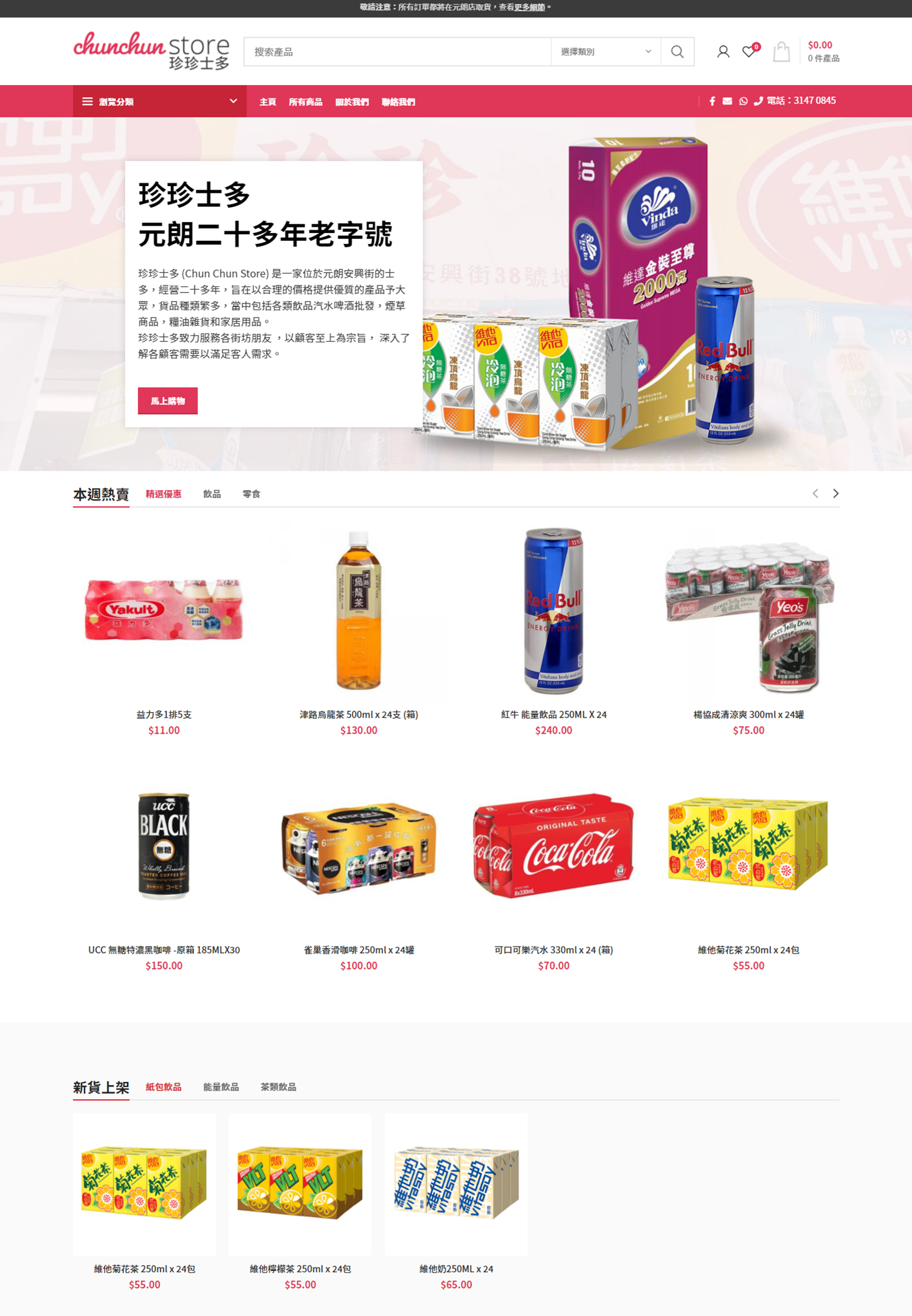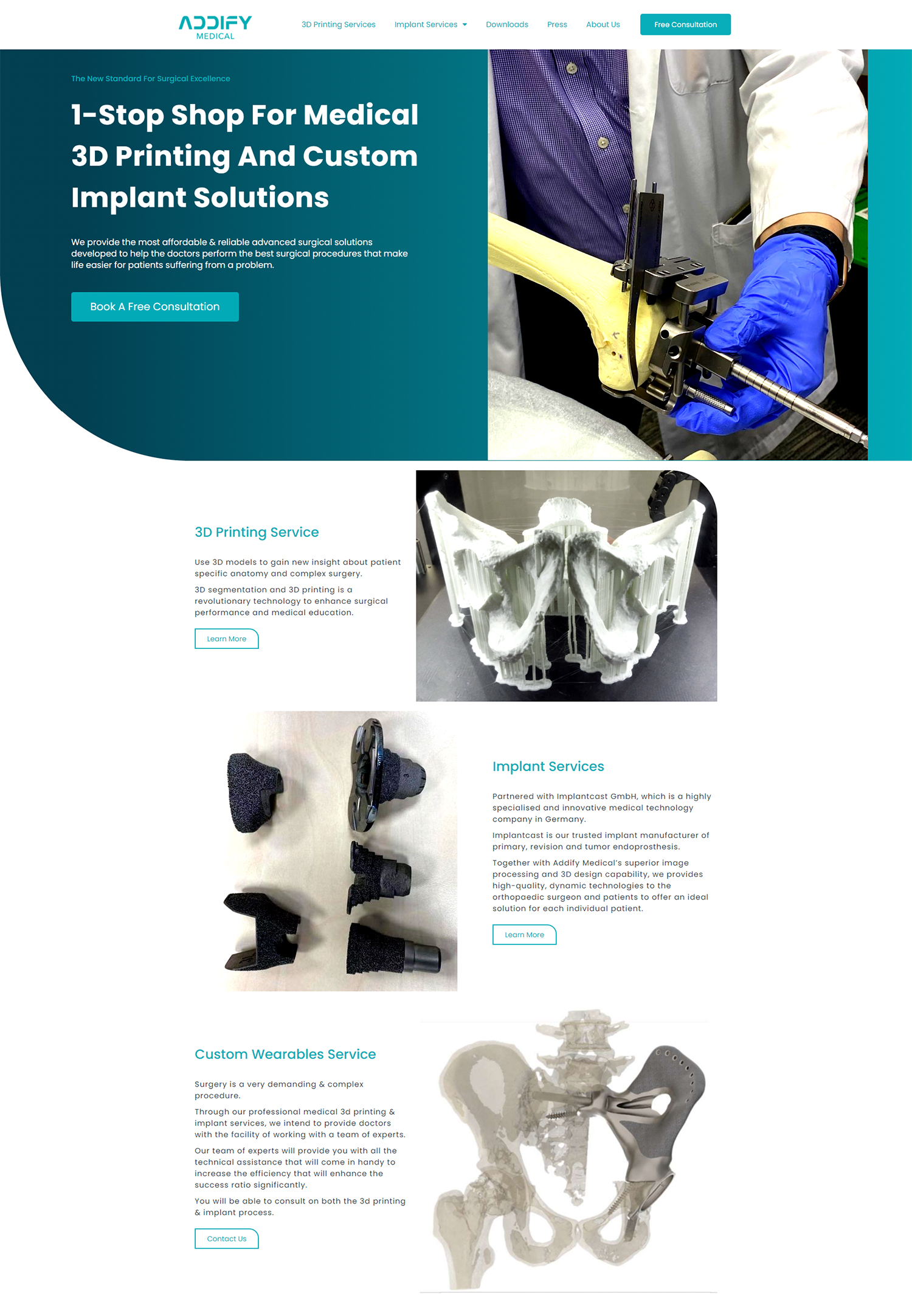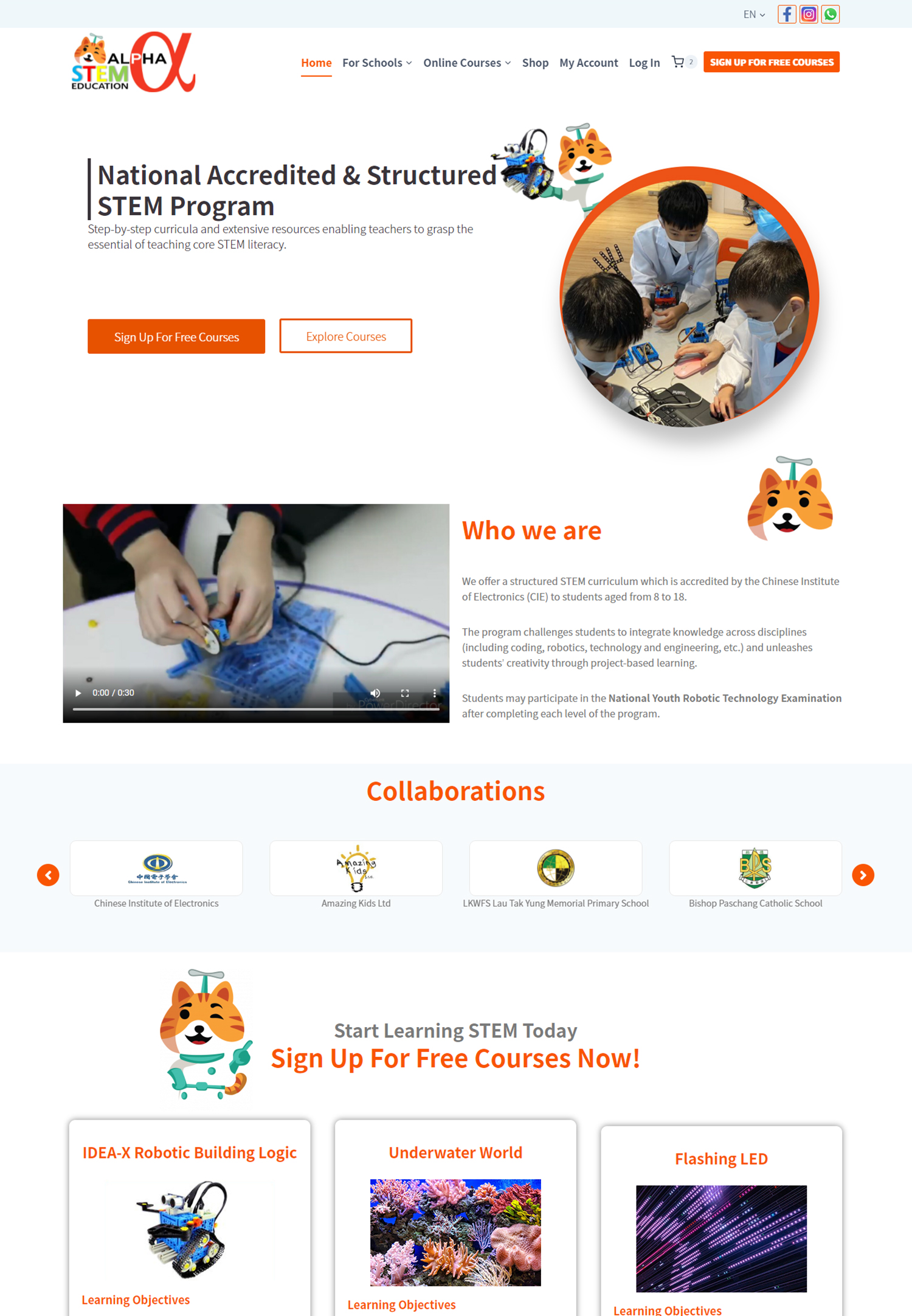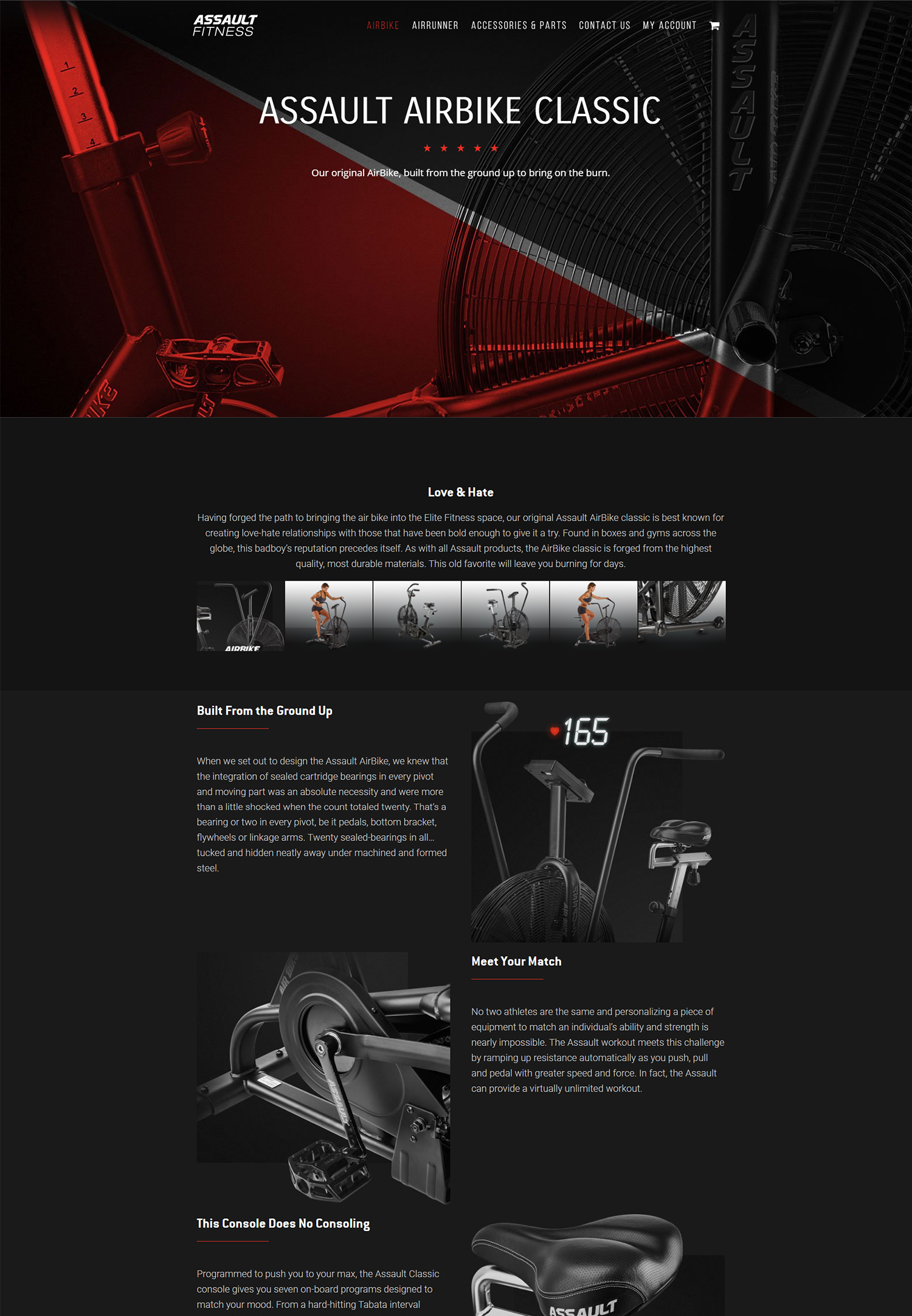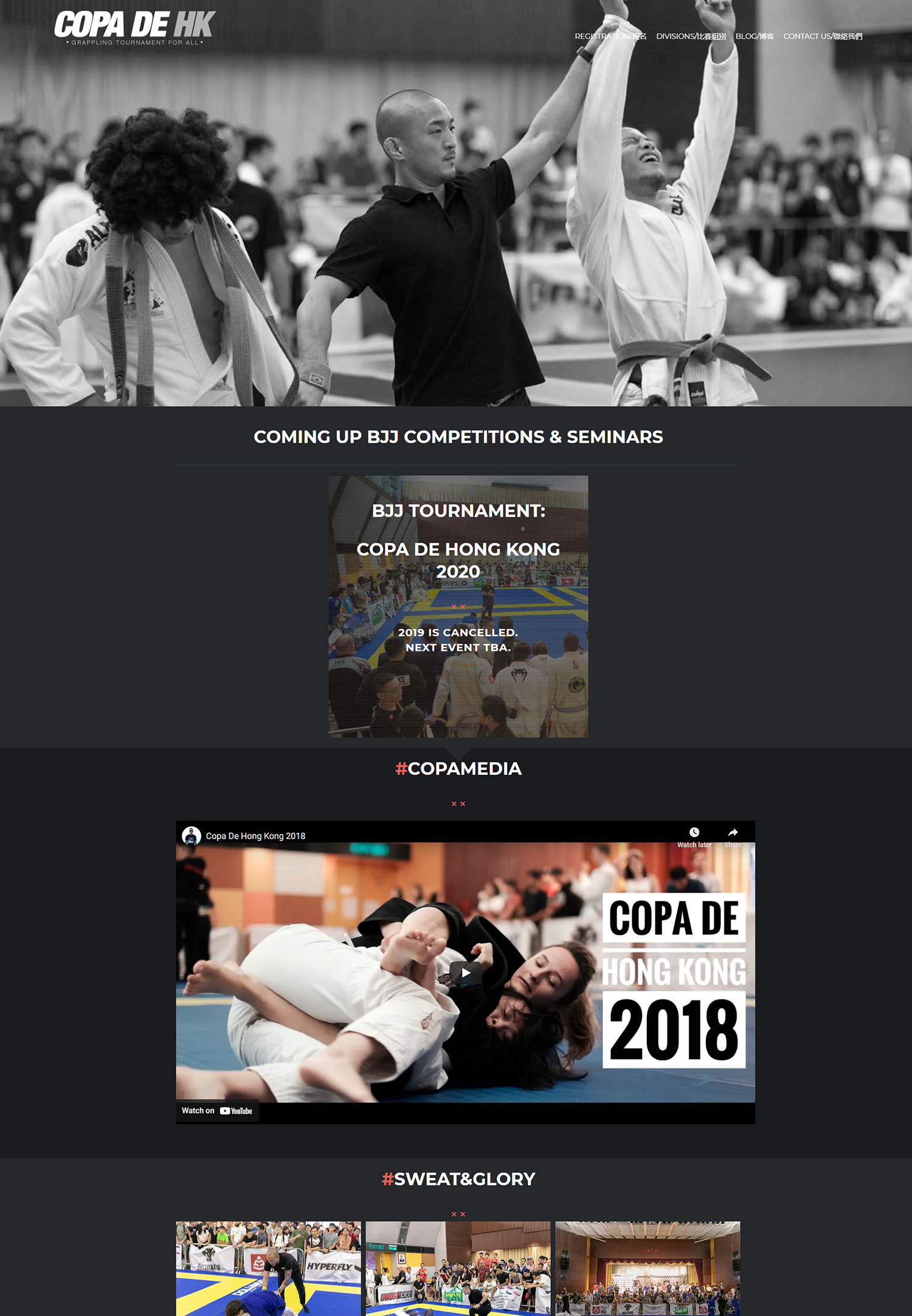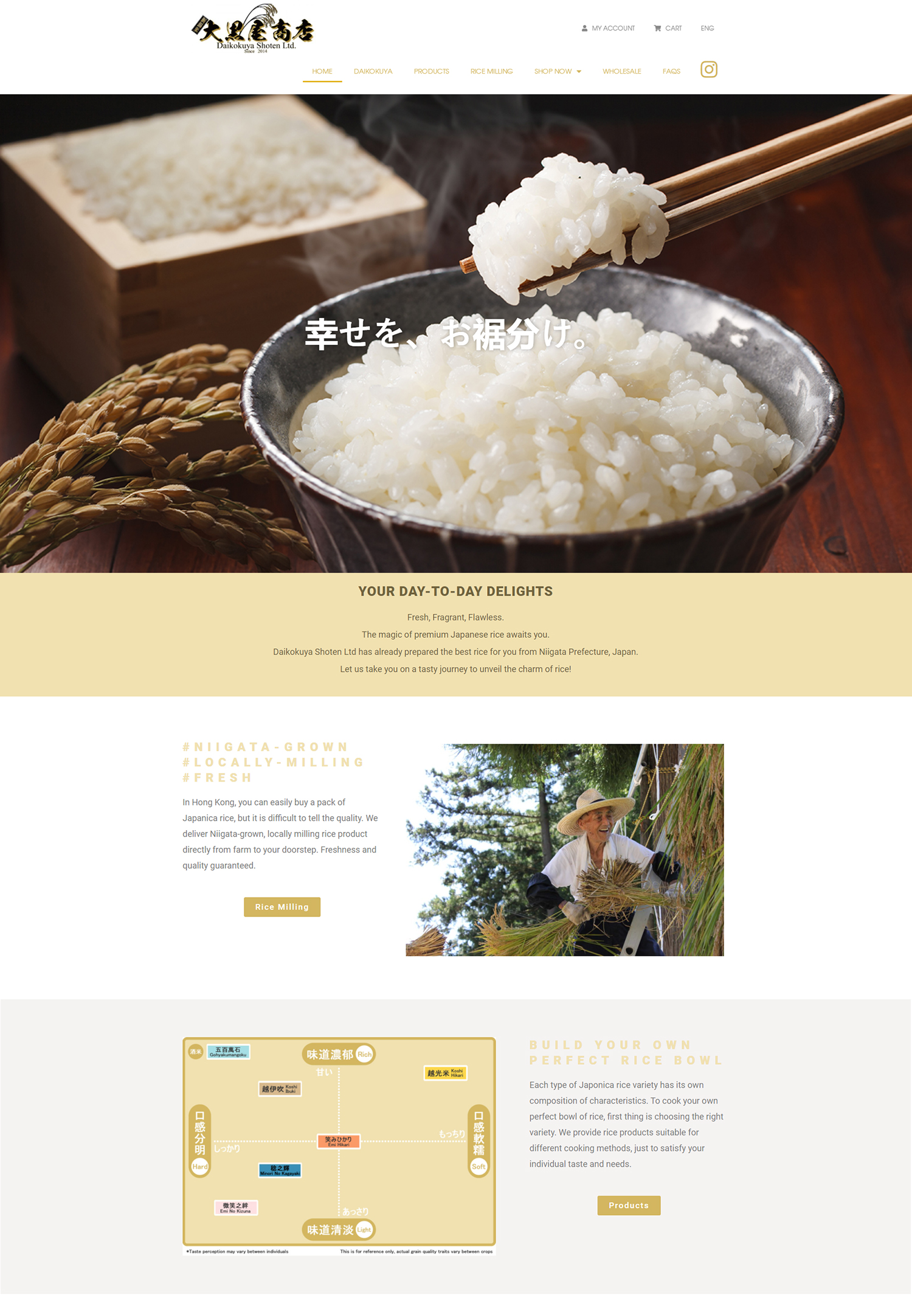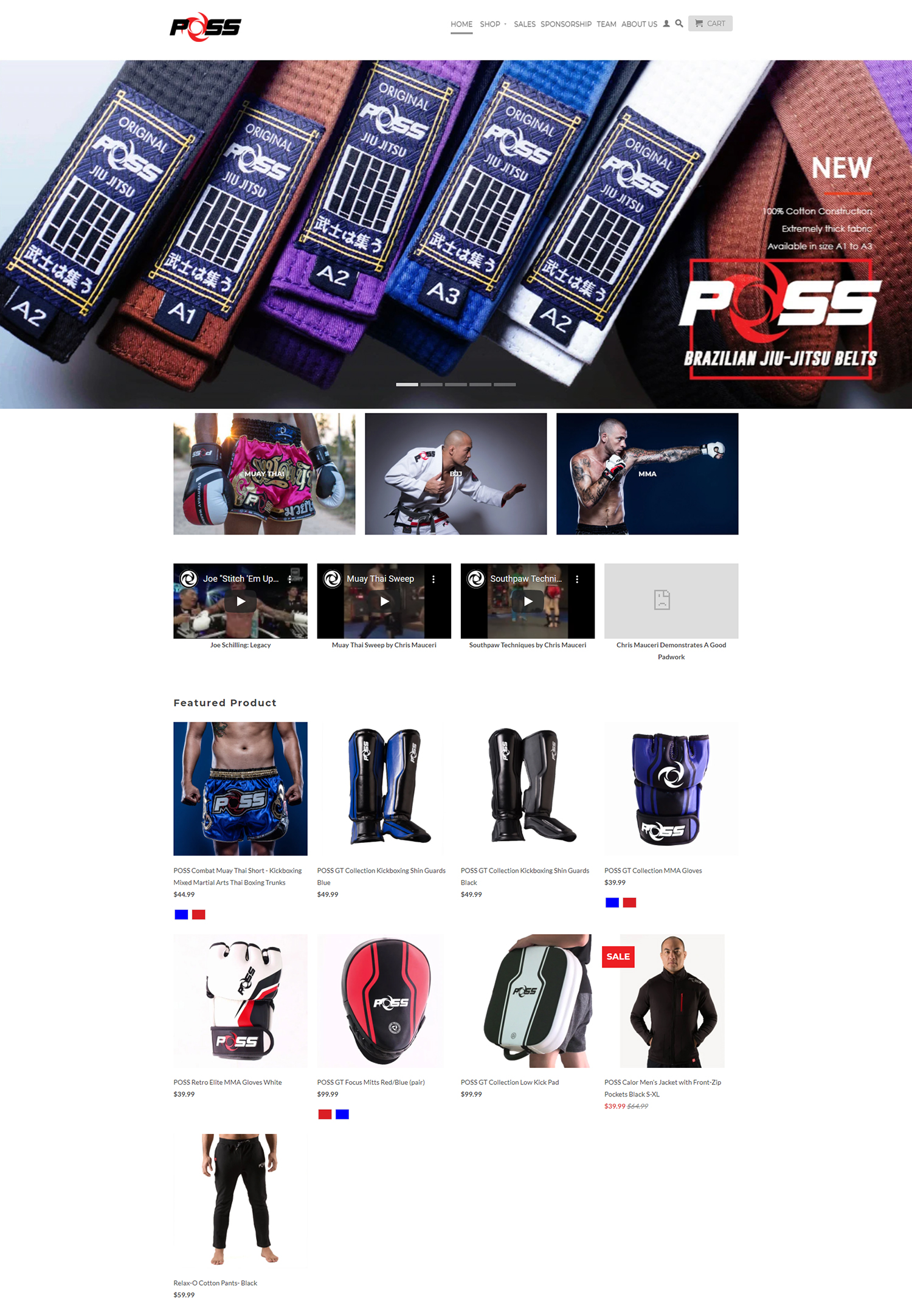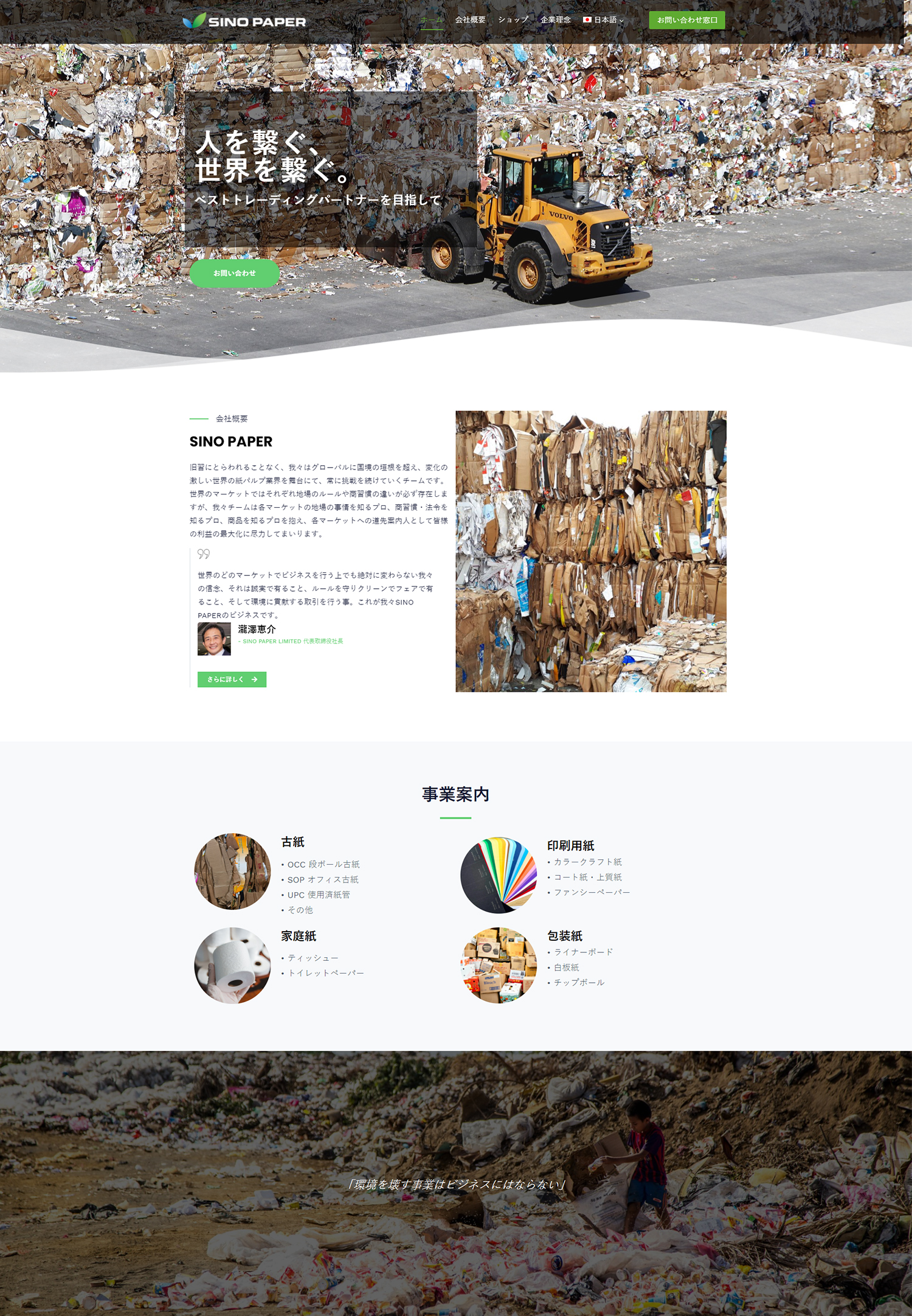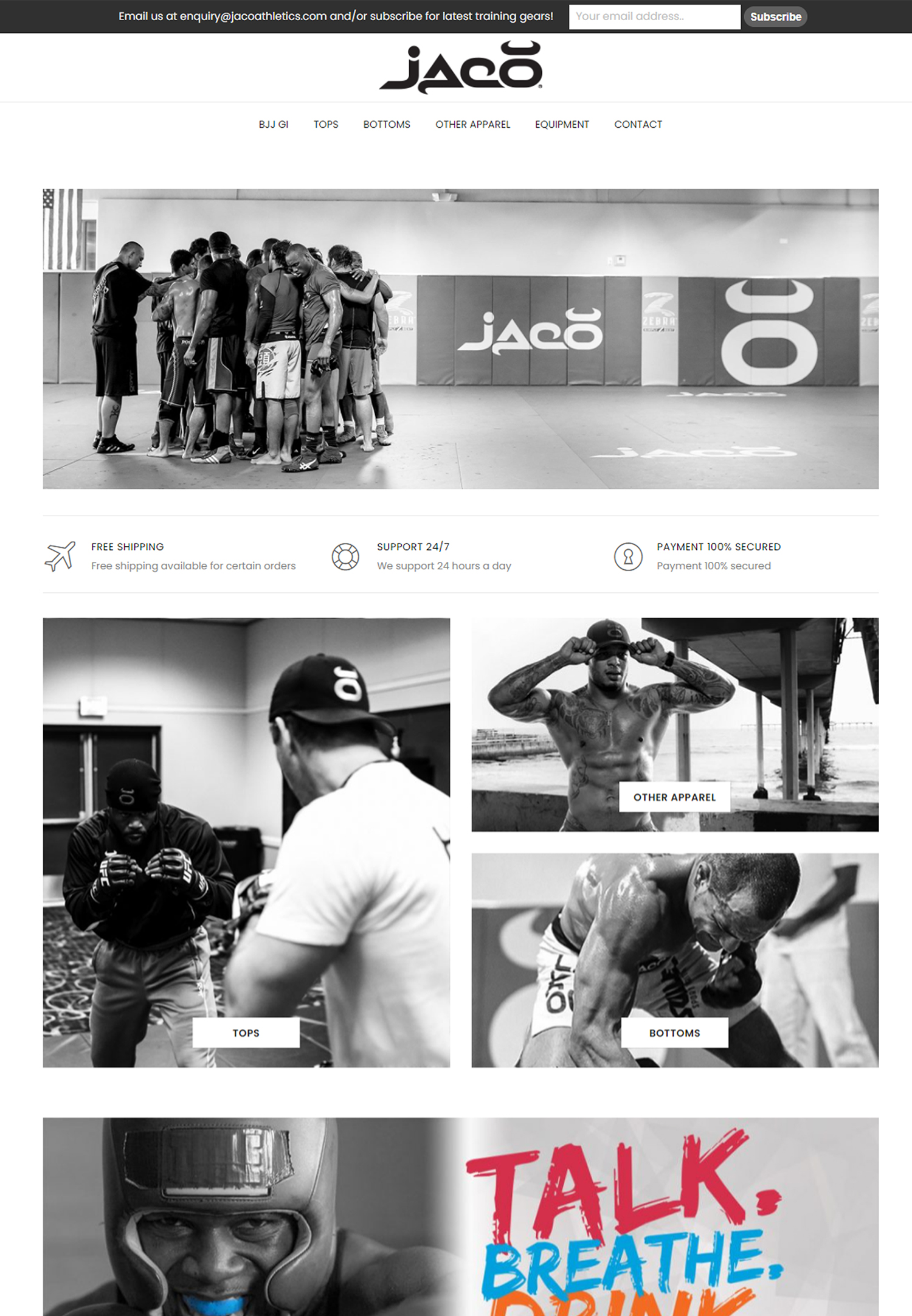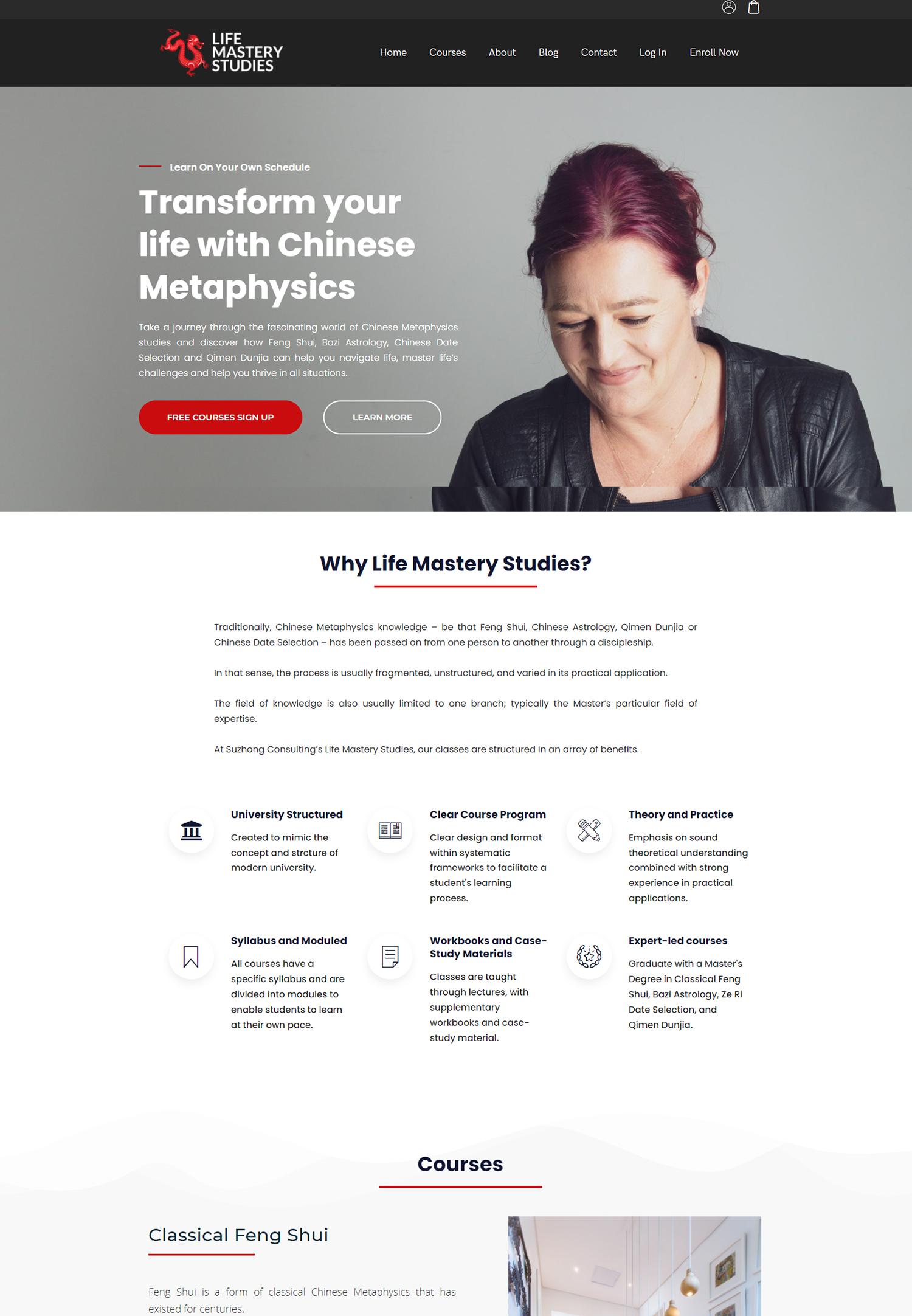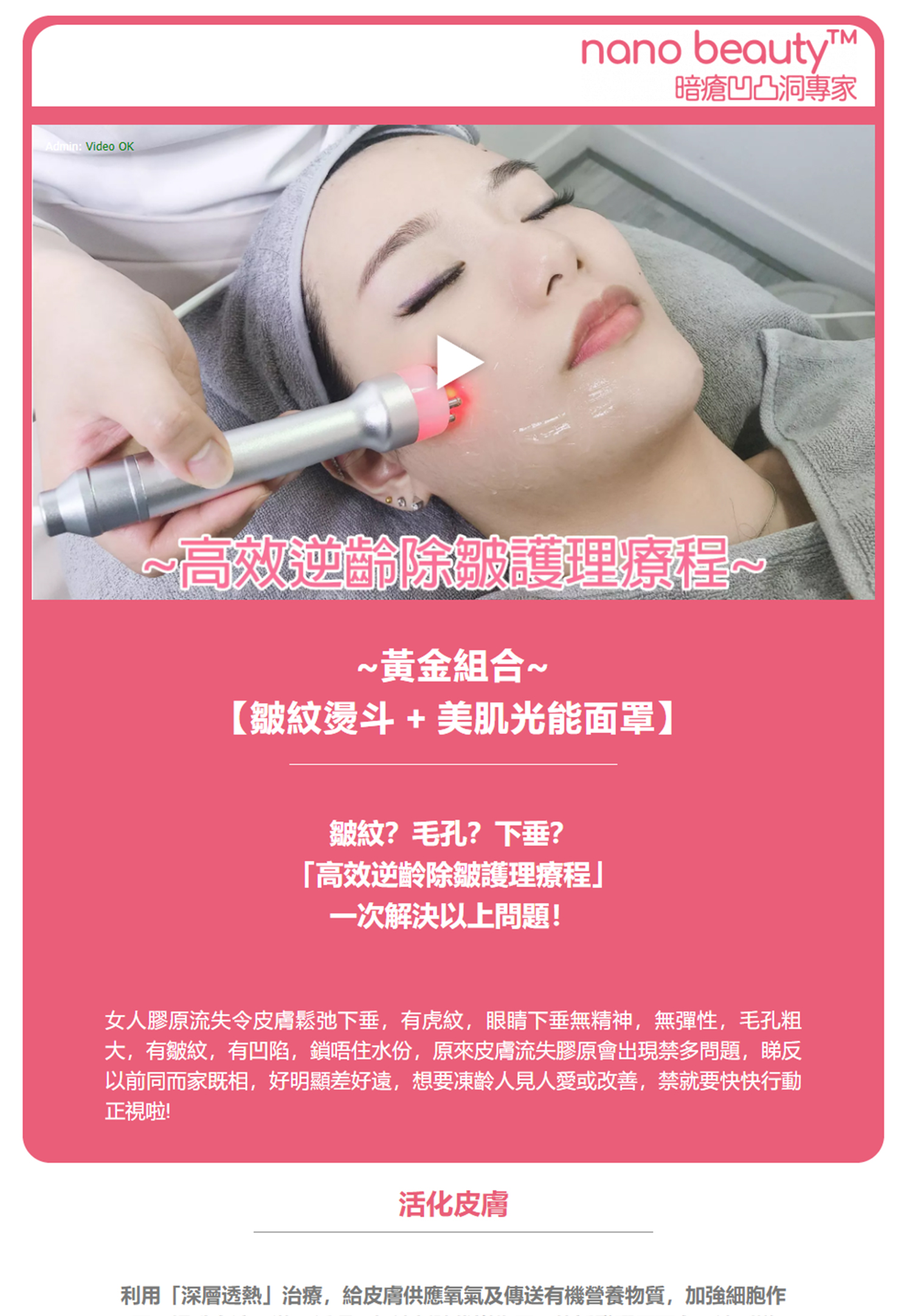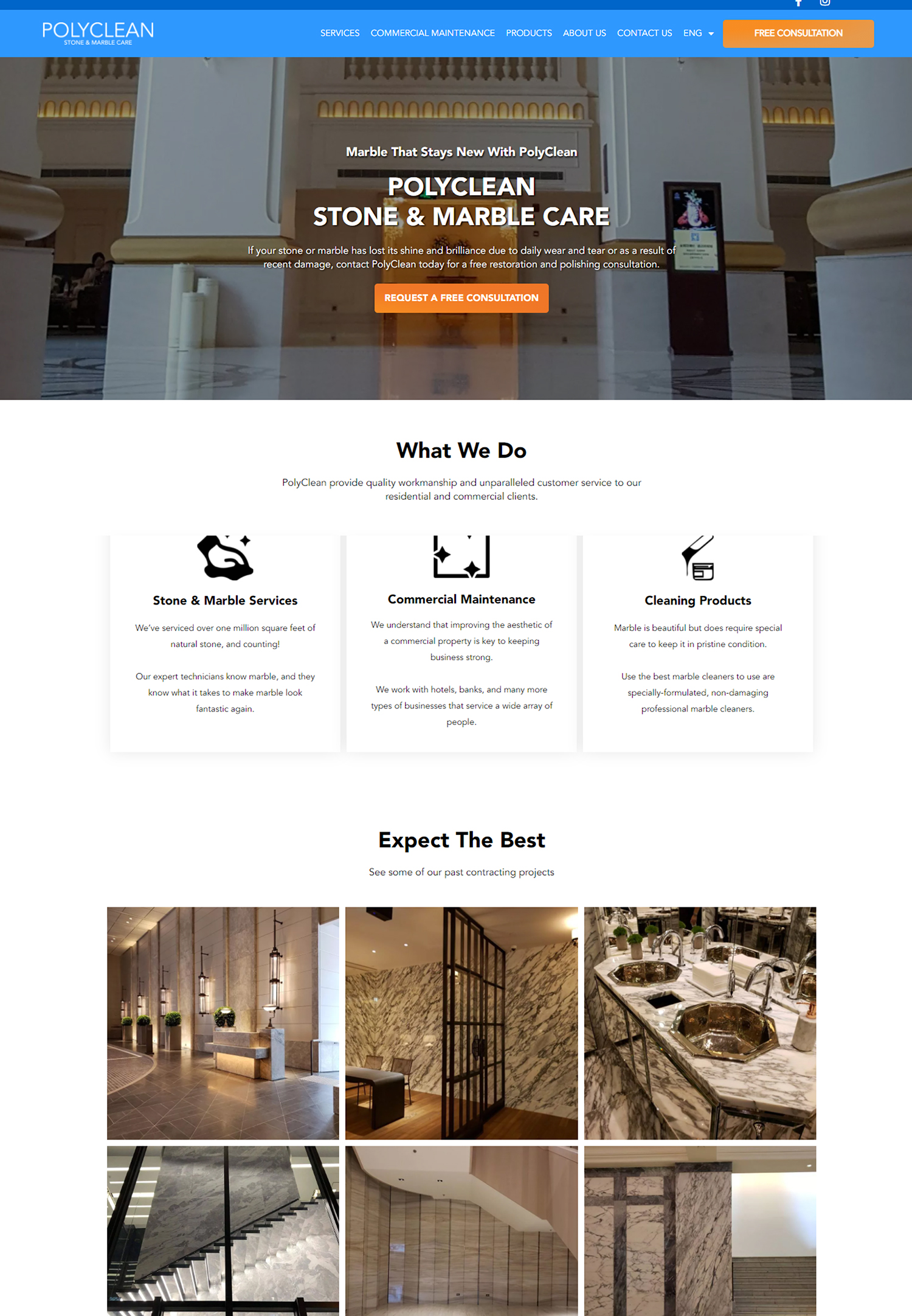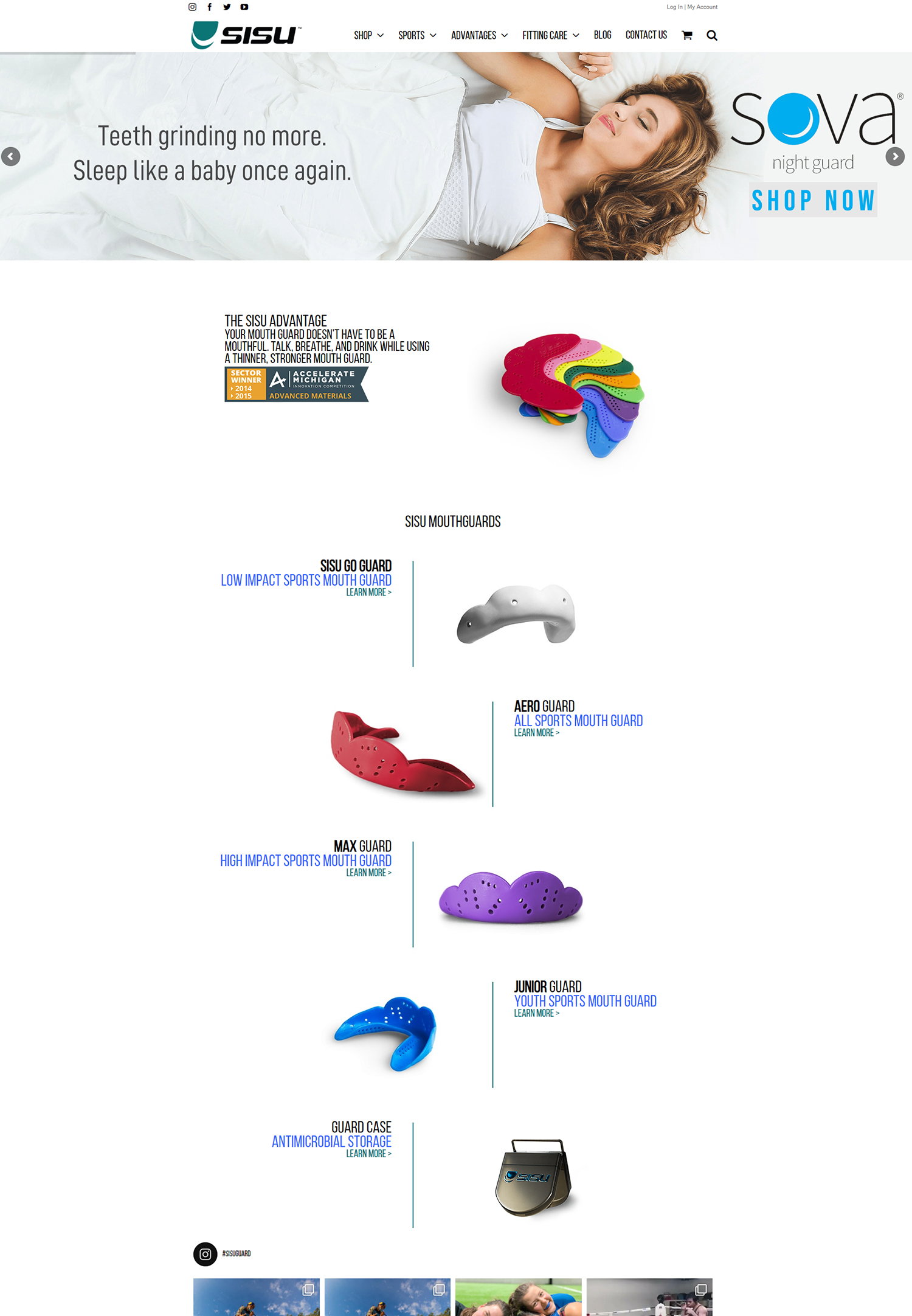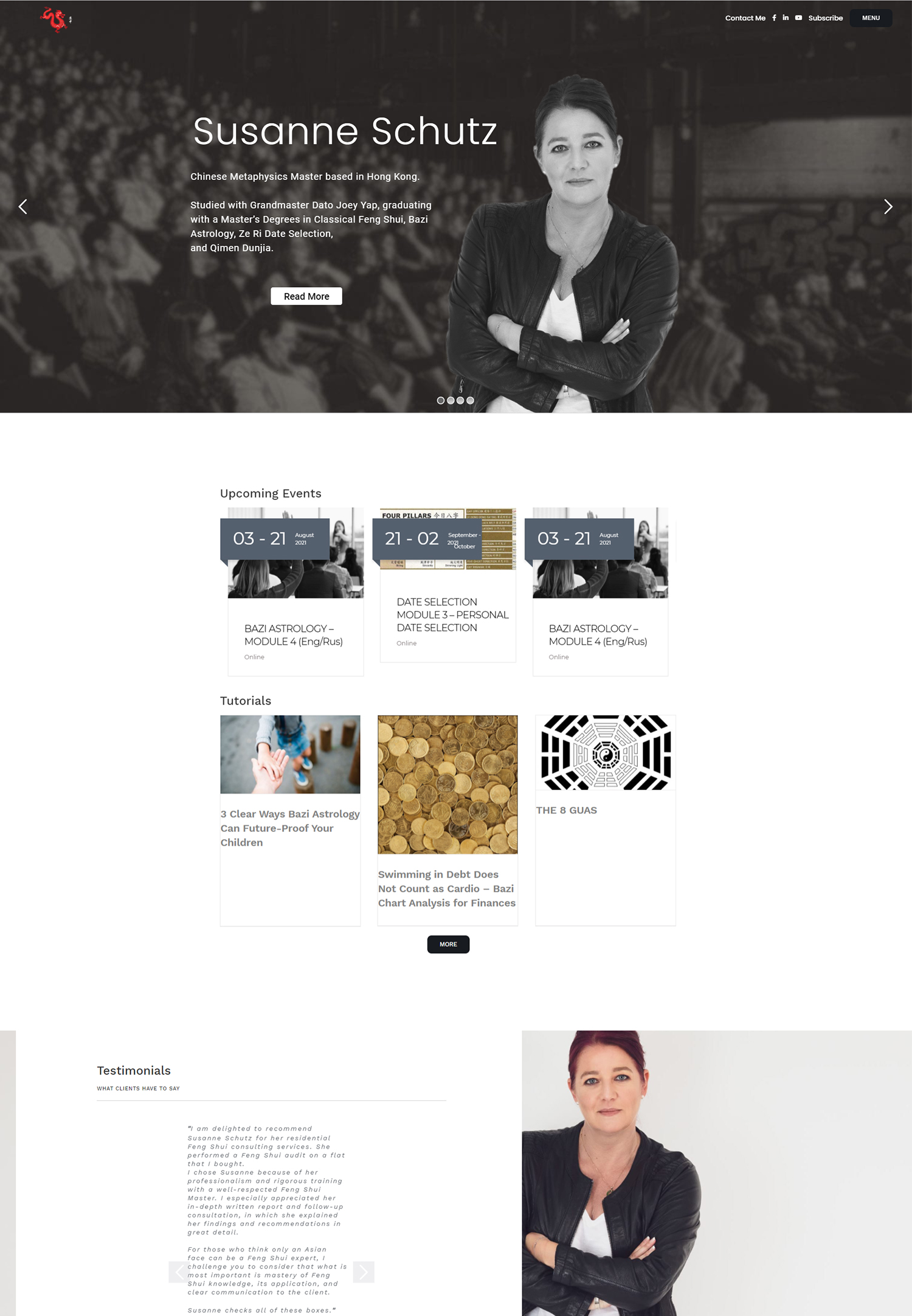Given that the average person receives dozens or even hundreds of emails every day in the digital age, the significance of eye-catching email templates cannot be emphasized. Since an effective email template is the initial point of contact between a brand and its audience, making a good first impression is essential. In addition to drawing attention, a well-designed email template promotes interaction, which raises open and click-through rates. Investing time and resources into creating eye-catching templates is essential, as research shows that visually appealing emails can boost engagement by up to 600 percent.
Key Takeaways
- Attention-grabbing email templates are crucial for standing out in crowded inboxes and capturing the recipient’s attention.
- Identifying your target audience and understanding their needs is essential for creating email templates that resonate with them.
- Choosing the right design elements, such as colors, fonts, and layout, can significantly impact the effectiveness of your email templates.
- Compelling copywriting is key to capturing attention and driving engagement with your email content.
- Incorporating eye-catching images and graphics can enhance the visual appeal of your email templates and make them more engaging for recipients.
Also, eye-catching email templates aid in creating consistency and brand identity. The likelihood that recipients will interact with subsequent communications increases when they are aware of the distinctive tone and style of a brand. Long-term client relationships depend on trust & loyalty, which are fostered by this recognition. Companies like Apple and Nike, for example, have perfected the art of email marketing by utilizing recognizable design components that capture their essence. By developing templates that appeal to their target market, these businesses strengthen their brand message while simultaneously increasing their visibility.
characteristics and preferences. The preferences, interests, and pain points of various demographics affect how they engage with content. For example, a brand marketed to professionals might choose a more formal tone & a more subdued palette, whereas a company targeting millennials might emphasize vivid colors and informal language. Personalized Segmentation.
Communication can be more tailored by dividing up your audience into groups according to their interests and habits. For instance, an online merchant may divide its clientele into three groups: regular customers, infrequent buyers, and first-time visitors. The retailer is able to develop customized email campaigns that cater to particular interests or concerns by comprehending the distinct requirements of every segment. Building Connection & Increasing Engagement. In addition to raising the possibility of engagement, this degree of personalization strengthens the bond between the brand and its clients.
By customizing your email templates to your audience’s unique requirements, you can greatly increase engagement and cultivate a devoted clientele. The way an email template is designed is crucial to drawing readers in & getting the point across. Important elements like layout, typography, & color schemes should appeal to your target market while also being consistent with your brand identity. Softer colors might be better suited for newsletters or informational content, but bold colors can arouse feelings of excitement and urgency, making them ideal for promotional emails. The typography you choose can also have an impact on readability and user experience; choose readable fonts that capture the essence of your brand.
Your email template’s design should also make it simple to navigate and understand. Effectively highlighting important points is ensured by a well-structured layout that leads the reader’s eye through the content. By carefully using white space, you can avoid clutter and improve the email’s appearance. A call-to-action (CTA) button that is prominent and in a contrasting color, for instance, can attract attention and promote clicks. You can make an email template that not only grabs attention but also motivates action by carefully choosing design components that appeal to your audience.
In order to keep readers interested and motivate them to act, copywriting must be compelling. A recipient’s initial impression of an email is frequently formed by the subject line, so creating an attention-grabbing headline that sparks interest is essential. Finding the subject line that appeals to your audience the most can be accomplished by A/B testing various options. For example, posing queries or making captivating claims can persuade recipients to open the email.
After the email has been sent, the body copy should be succinct but powerful, offering value & holding the reader’s attention. Storytelling in your copy can also increase reader engagement. Storylines that arouse feelings or resonate with personal experiences tend to captivate people. A nonprofit organization might, for instance, share a success story about how contributions have improved the community.
In addition to making the brand more relatable, this strategy forges an emotional bond with the target market. An email can be made into a potent communication tool that connects with recipients by using persuasive copywriting techniques. An email template’s overall appeal is greatly increased by the use of visual components. Eye-catching pictures & graphics can help break up text-heavy emails & increase reader engagement.
Emotions and important points can be reaffirmed by using high-quality photos that complement your brand message. To encourage adventure and exploration among its audience, an outdoor clothing company, for example, might employ breathtaking landscape photography. The written content is enhanced and a unified message is produced by this visual storytelling. Also, complex information can be effectively communicated in an easily assimilated format through infographics.
For example, an infographic can visually convey statistics about a company’s environmental impact in a way that is both educational and captivating. Also, adding GIFs or animations to your emails can make them more entertaining and interactive while drawing readers in in a distinctive way. You can give your audience a more engaging experience by carefully incorporating visual components into your email templates.
Email templates must be optimized for mobile responsiveness because more & more users are accessing their emails on mobile devices. Emails with a responsive design work flawlessly for all users by displaying accurately on a range of screen sizes. This entails the use of adaptable layouts that preserve functionality & readability across various devices. For example, larger text and buttons can improve usability on smaller screens, facilitating recipients’ interaction with the content.
Another crucial element of email design that must not be disregarded is accessibility. In addition to being morally right, making sure your emails are readable by people with disabilities broadens your audience. This entails making sure there is enough color contrast for readability & that images have alt text so that screen readers can provide information to visually impaired users.
By giving accessibility and mobile responsiveness top priority in your email templates, you can produce an inclusive experience that appeals to a variety of audiences. A/B testing is a potent technique for email template optimization that is grounded in actual data rather than conjecture. To determine which version of an email performs better in terms of open rates, click-through rates, or conversions, you can create two variations, such as different subject lines or layouts. Marketers can make educated decisions about upcoming campaigns and continuously improve their strategies with this data-driven approach. One subject line that performs noticeably better than another, for instance, might be a sign of what appeals to your audience more.
Determining the efficacy of your email campaigns requires analyzing performance metrics. Open rates, click-through rates, bounce rates, & conversion rates are examples of key performance indicators (KPIs) that offer important information about how recipients respond to your emails. You can spot patterns & areas for development by routinely examining these metrics.
For example, it might be time to review your subject lines or content strategy if you observe a gradual drop in open rates. Your email marketing campaigns can be improved over time by utilizing performance analysis and A/B testing. Nowadays, personalization is a key component of successful email marketing campaigns. Brands can establish deeper connections with their audience by customizing content for each recipient according to their preferences or actions. This could entail calling recipients by name or making product recommendations based on previous purchases.
To boost engagement, an online bookshop might, for instance, provide tailored suggestions based on past reading preferences. By separating your audience into distinct groups according to shared traits or behaviors, segmentation improves personalization even more. This makes it possible to use messaging that is specifically tailored to the needs or interests of each segment.
To cater to the distinct preferences of each group, a travel agency could, for example, divide its audience into adventure seekers, luxury travelers, and family vacationers and create customized emails for each. You can increase engagement rates and build stronger relationships with your audience by incorporating segmentation and personalization techniques into your email marketing campaigns. Ultimately, developing eye-catching email templates requires a multi-pronged strategy that includes knowing your audience’s requirements, selecting suitable design components, employing persuasive copy, adding images, optimizing for accessibility and mobile responsiveness, running A/B tests, examining performance indicators, & putting personalization tactics into practice.
Each component is essential to creating emails that effectively connect with recipients and motivate desired actions.
If you are interested in learning more about how to increase sales through effective digital marketing strategies, you may want to check out the article “How to Increase Sales” on Populis Digital’s website. This article provides valuable insights and tips on boosting sales through various marketing techniques. By combining the information from this article with the tips on designing attention-grabbing email templates, you can create a comprehensive digital marketing strategy to drive more sales for your business.




